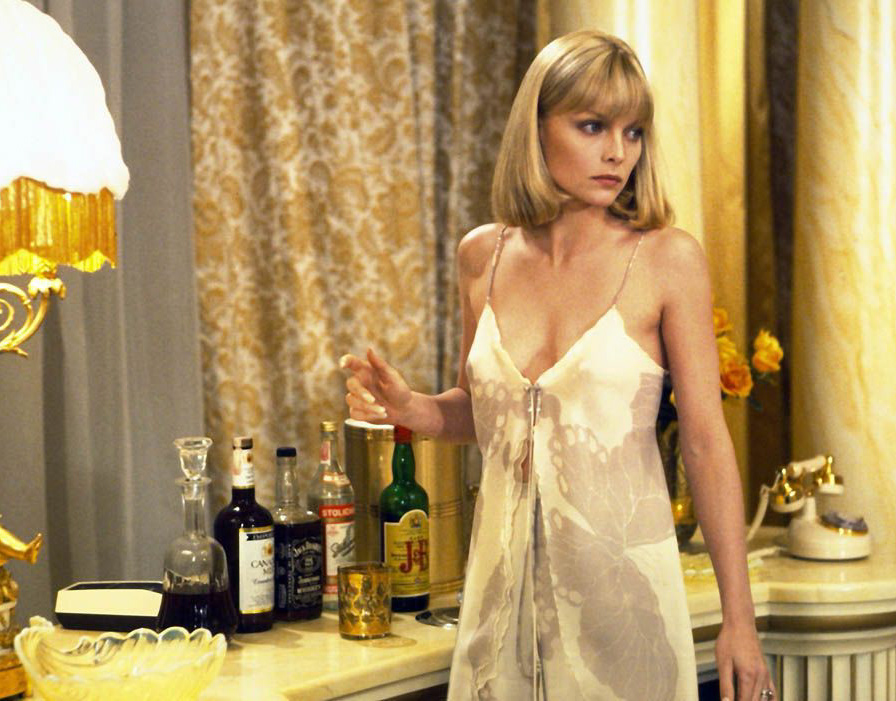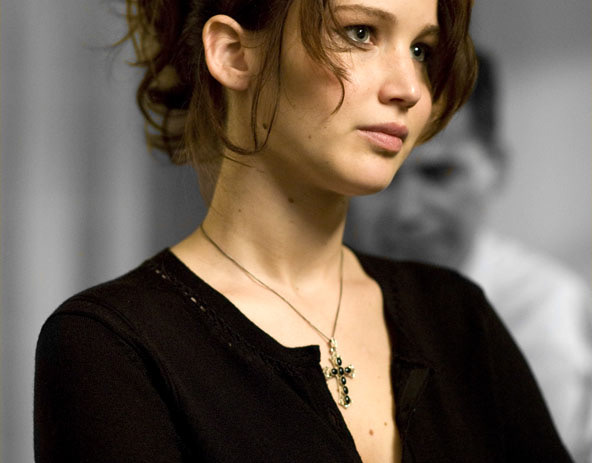Josh Schlesinger's Midnight Cowboy remains a cardinal New York film. Unlike movies like When Harry Met Sally and You've Got Mail that romanticize New York, this film amply dispels New York's mystic appeal, exposing it be the dark and demoralizing creature it can often be.
Midnight Cowboy was, perhaps, Hollywood's first accurate depiction of "fear city" in its rawest form. Scorsese's Mean Streets and Taxi Driver would later follow suit.
The Ultimate Anti-American Dream Narrative
The film is an open condemnation of the American dream. When I first saw the film, my New York dreams felt slightly beat up. It's an ode to disillusionment, a heedful tale for starry eyed transplants smitten by New York's spell. In the words of James Murphy, "Take me off your mailing list for kids who think it still exists."
The central theme of fairytale condemnation is perhaps most pronounced through the stark difference between New York's glitzy outer shell- and Joe and Ratso's seedy reality.
The commodification that surrounds Joe and Ratso juxtaposes the vagrancy they ironically face. Materialism lurks in every corner- almost hauntingly. Meanwhile, the two can barely keep the wolf from the door.
TheMovieDistrict.com
A ramshackle New York landscape and tubercular Ratso mingle with billboards and big shiny signs like the MONY sign (one of the films most prominent motifs). This sort of clash may serve to underline the contradictions of capitalism that become evermore apparent during times of crisis, like the one we are in.
Then there's the endless stream of upbeat sales pitches on Joe's handheld radio- the American Dream continues to seduce Joe and Ratso as they struggle to scrape a living.
Surrounded by high and mighty buildings and big flashy advertisements, every New Yorker has felt stomped by unrelenting commercial clamor.
A lingerie model towers over me as I crawl out of the sweltering Subway and scrape the crumbs from my bag of Takis.
The Bus Scene- Beginnings and Endings (Spoiler Alert)
Midnight Cowboy offers a lot of parallels to another Dustin Hoffman film I love- The Graduate. The Graduate begins on a plane and ends on a bus. Midnight Cowboy opens on a bus and ends on a bus. In that sense, both speak to transience, in Midnight Cowboy, the transience of friendship, in The Graduate- that of youth.
Hollywood has always romanticized the bus ride as literal vehicle of subversion- a kind of escape from old identities and conformity as conveyed at the end of Little Fires Everywhere. The bus is also one of the few forms of transportation that doesn't leave a trail, making it a perfect escape route.
Medium
The ending of The Graduate, however you want to interpret it, doesn't even come close to the tragedy that ensues on the bus ride at the end of Midnight Cowboy. It might be one of the saddest endings in cinema history, reminding us that no matter how strong our friendships are, we inevitably leave this world- alone.
When Our Heroes Turn Out to Be Scams
Another big theme that spoke to me is the interrogation of our heroes. It's clear that Joe idolizes John Wayne and proceeds to emulate him in every which way, from Joe's cowboy getup to the way Joe walks. But by the end of the film, Joe comes to realize John Wayne for what he really is- a Hollywood myth.
At the beginning of the film, Joe's cowboy caricature serves as fuel for both the masculinity crisis and the identity crisis he continues to bottle. Ultimately, however, he realizes that his cowboy front fails to materialize into anything real.
In the final scene, Joe trashes his cowboy uniform and for the first time, puts on a normal pair of clothes, surrendering his cowboy dream- for good.
To me, the cowboy motif and Joe's ultimate surrendering of it, is a hyperbolic tale of all the times our heroes have been exposed as frauds. Or maybe, we just outgrow our heroes and realize they serve no purpose anymore.
The Juxtaposition of Cowboy Culture within an Urban Setting
Criterion
As Joe Buck wanders the streets of New York in his fringe topped getup you can't help but feel sorry for him. At the onset of the film, his gullibility is almost cringeworthy. Joe falls in every single trap. But his sunny personality persists through the hardship he faces. The optimism Joe guards even in the face of hard luck and humiliation speaks to me. He continues to wag his tail even as it's caught between his legs.
Maybe his stubborn insistence on cowboy emulation speaks to a dream bubble he has created for himself amid a landscape of broken down dreams. The world he longs for is perhaps out of his reach so he carries his own world around with him. Then again, maybe it represents the ironic loneliness a lot of us face in a city with millions of people.
Maybe, we are all cowboys lost in New York.
Finding Friendship In Low Places:
Enter Joe and Ratso, two outcasts living in New York's shadows. Despite the films bleak signals of destitution, the film also expels a heartfelt message of friendship.
To me, the magic of New York City has always been, and remains to be, its unique ability to bring two very different people together.
At the onset of the film, Joe and Ratso's friendship seems unlikely to say the least, yet somehow, in their shared frustrations, they find solace in each-other, as if balancing each-other out. For Joe, who is extremely naive, Ratso offers street-smarts and a sort of grittiness. For Ratso, Joe offers acceptance in a city that outcasts him, and ultimately- he offers loyalty.
In the end, both characters realize that the only glimmer of hope the city has offered them was in - finding each-other. So they get on a bus to Florida and start over. But it's not the ride into the sunset they hoped for.
Fashion: Lots of Fringe
Joe Buck breeds a new meaning into the western fringe jacket. Scrupulously sewn by one of my favorite costume designers- Anne Roth, the iconic fringe jacket has become almost as famous as the movie itself.
Roth was the genius behind aesthetics in films like The Talented Mr.Ripley and The English Patient. She also designed the costumes for Stone and Parker's award winning Broadway show, Book of Mormon.
Criterion.com Sylvia Miles on set
Criterion.com Sylvia Miles and John Voit on set
Top Picks from Rotten Tomatoes:



Oscars: Academy Award for Best Picture, Academy Award for Best Writing Adapted Screenplay, Academy Award for Best Director





